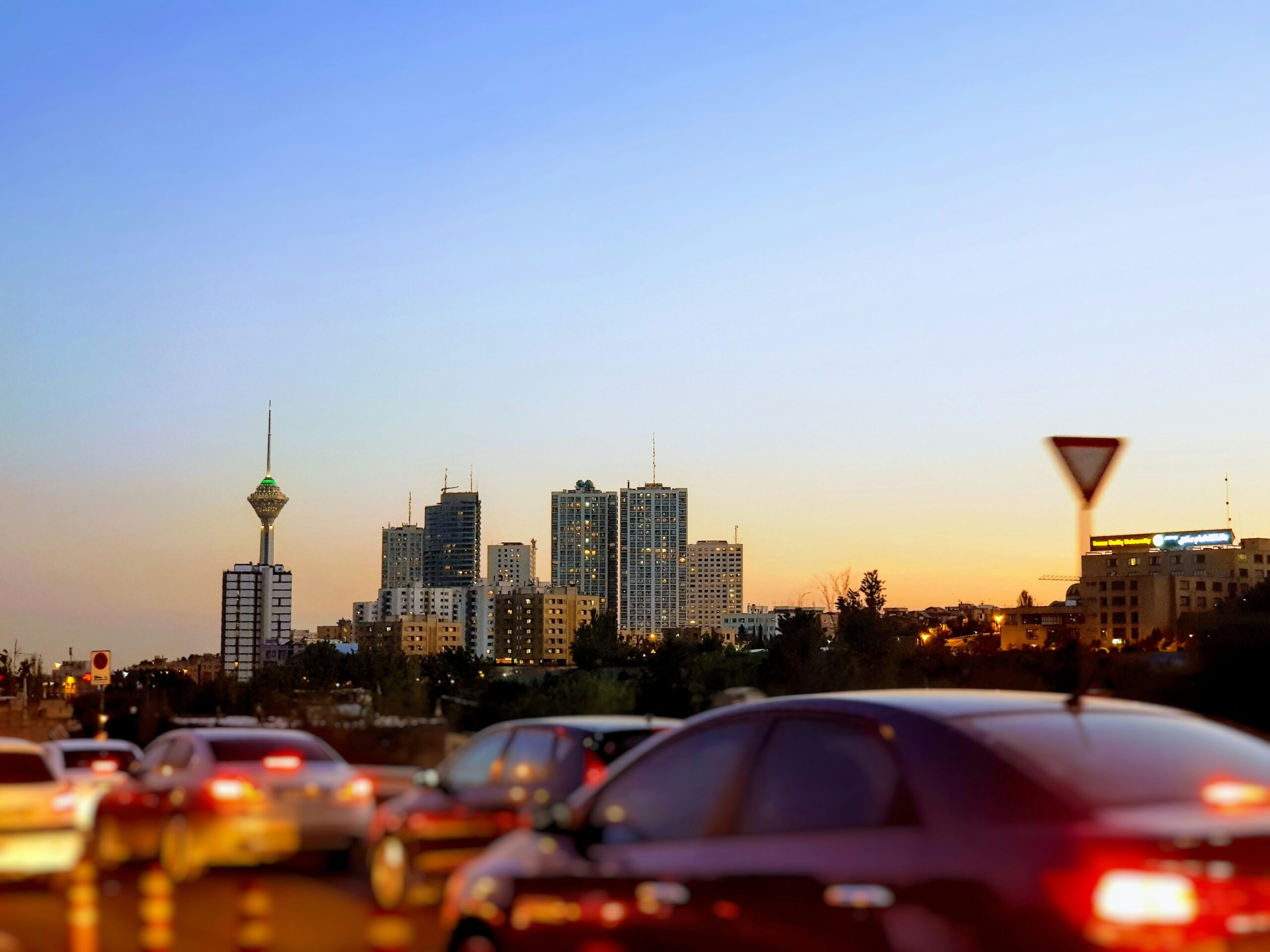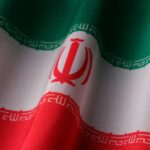By becoming a member of our site, you can add the content you like to your favorites, and present the content you have produced or liked on the internet to our site visitors with the send content option.
Zaten bir üyeliğiniz mevcut mu ? Giriş yapın
By becoming a member of our site, you can add the content you like to your favorites, and present the content you have produced or liked on the internet to our site visitors with the send content option.
You Can Benefit from All Options Exclusive to Our Members by Registering

Next Content:
Stem Cells in Regenerative Medicine
Iran’s President: Catalyst for Change or Continuity?

The election of Iran’s president is always closely watched, both domestically and internationally, as it has the potential to shape the country’s trajectory significantly. The question often arises: Will the new president be a catalyst for change or will they continue the policies of their predecessor, maintaining continuity in governance?
Iran’s political landscape is complex, with power divided between elected officials, religious authorities, and other influential figures. While the president holds significant authority over domestic and foreign policy matters, ultimate power rests with the Supreme Leader and other unelected bodies, such as the Guardian Council.
The outcome of Iran’s presidential elections depends on various factors, including candidates’ platforms, voter turnout, and the broader geopolitical context. Reformist candidates may advocate for political and social reforms, greater civil liberties, and improved relations with the international community, while conservative candidates may prioritize national security, economic stability, and preserving the Islamic Republic’s values and principles.
The election of a reformist president can be seen as a catalyst for change, signaling a desire for greater openness, moderation, and engagement with the outside world. Reformist presidents may seek to address pressing domestic issues, such as unemployment, inflation, and corruption, while also pursuing diplomatic initiatives to ease tensions with regional and global powers.
Conversely, the election of a conservative president may signal a preference for continuity in governance, maintaining the status quo and prioritizing stability and security over reform and rapprochement. Conservative presidents may adopt a more assertive foreign policy stance, particularly regarding Iran’s regional rivalries and its nuclear program, while also upholding conservative social values and ideological principles.
Ultimately, the extent to which Iran’s president can enact change or maintain continuity depends on various factors, including their mandate from voters, their ability to navigate Iran’s complex political system, and external pressures and influences. Regardless of the outcome, Iran’s presidential elections serve as a barometer of the country’s political direction and its relations with the international community.
We offer our respects and wish you a good reading. – Who Learns What? Team
- On-Site Comments































